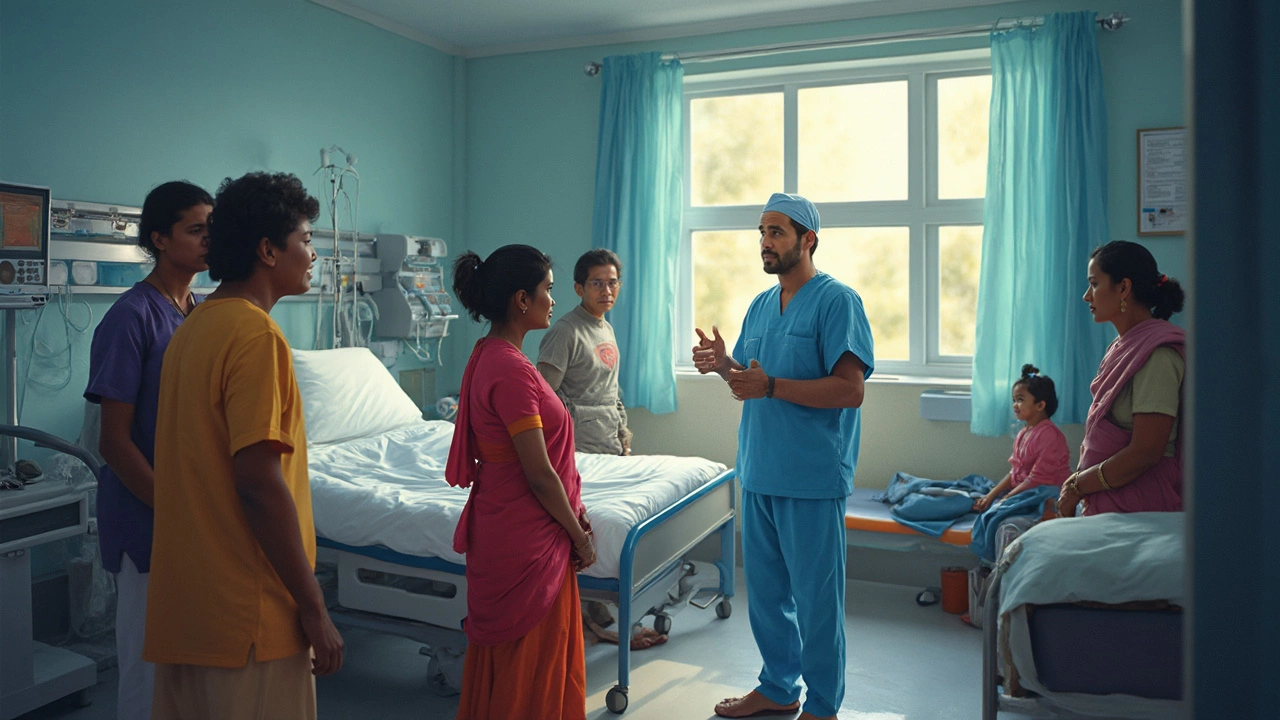Understanding Cardiac Operation Time
When talking about cardiac operation time, the total minutes a heart procedure occupies the operating room from incision to closure. Also known as surgical duration, it directly impacts patient outcomes, hospital logistics, and overall cost. Grasping this metric helps anyone from a patient wondering about recovery time to a clinician planning a schedule.
Why Operation Time Matters
Accurate measurement of surgical duration, the clock that runs from skin incision to final stitch is more than a number on a report. It influences postoperative recovery, how quickly patients regain normal heart function and leave the ICU. Shorter, well‑planned procedures tend to lower operative risk, the chance of complications like arrhythmia or infection. In practice, hospitals track these times to benchmark performance and to fine‑tune team coordination.
One proven way to trim excess minutes is by boosting operative efficiency, the seamless flow of steps, tools, and decisions during surgery. When surgeons, anesthesiologists, and nurses share a clear protocol, there’s less idle time and fewer delays. For example, pre‑wired bypass circuits and real‑time imaging can shave 15‑20 % off the clock without compromising safety.
Patient‑specific factors also play a big role. Age, body mass index, and pre‑existing conditions dictate how long a heart must be stopped and how complex the repair is. Studies show that experienced surgeons can reduce average cardiac operation time by 30 minutes compared with less seasoned colleagues, and that reduction correlates with shorter ICU stays.
Measuring the clock accurately starts before the first cut. Modern operating rooms use integrated timing software that logs each phase—preparation, cannulation, cross‑clamp, and closure. These timestamps feed into national databases, allowing hospitals to compare their numbers against benchmarks like the Society of Thoracic Surgeons’ median values.
Beyond the immediate impact on recovery, cardiac operation time shapes medication dosing and postoperative care plans. Longer surgeries often require higher doses of anticoagulants and extended ventilation support, which in turn raise the risk of bleed or pneumonia. By keeping the procedure within optimal time windows, clinicians can stick to standard dosing protocols and avoid costly complications.
Below you’ll find a curated set of articles that dive deeper into related topics—from recovery timelines after major surgeries to how surgeon experience influences outcomes. Use them to get a fuller picture of how timing, technique, and teamwork intersect in heart surgery, and to discover practical tips you can apply whether you’re preparing for a procedure or managing post‑op care.

How Long Does Heart Surgery Take? Get the Details
Heart surgery varies in duration depending on the type and complexity of the procedure. Some surgeries can take a few hours, while more complicated ones might last longer. Factors like the patient's condition, surgical technique, and surgeon's experience play a significant role in the surgery duration. Understanding these details can help patients and their families prepare better for the process. Learn about typical timelines and what to expect during recovery.
read more



